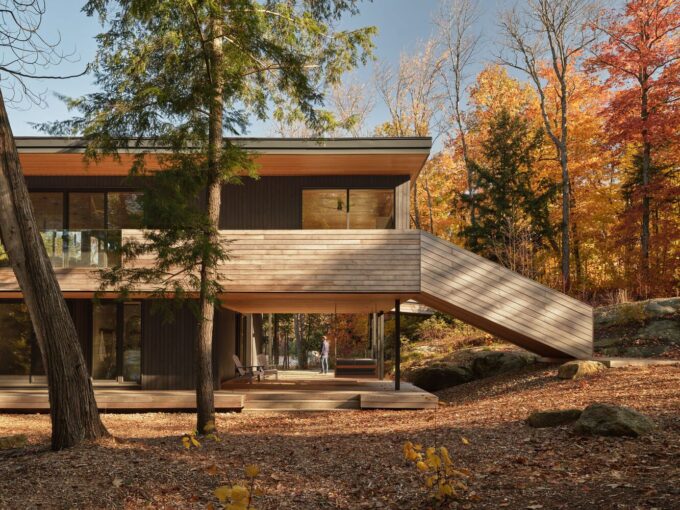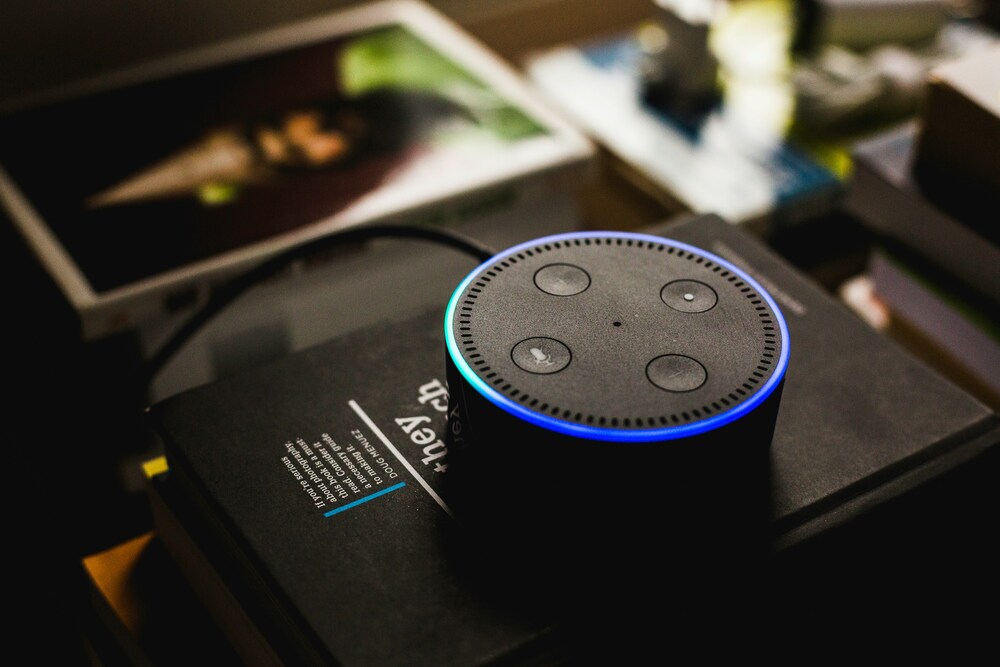- Home
- Articles
- Architectural Portfolio
- Architectral Presentation
- Inspirational Stories
- Architecture News
- Visualization
- BIM Industry
- Facade Design
- Parametric Design
- Career
- Landscape Architecture
- Construction
- Artificial Intelligence
- Sketching
- Design Softwares
- Diagrams
- Writing
- Architectural Tips
- Sustainability
- Courses
- Concept
- Technology
- History & Heritage
- Future of Architecture
- Guides & How-To
- Art & Culture
- Projects
- Interior Design
- Competitions
- Jobs
- Store
- Tools
- More
- Home
- Articles
- Architectural Portfolio
- Architectral Presentation
- Inspirational Stories
- Architecture News
- Visualization
- BIM Industry
- Facade Design
- Parametric Design
- Career
- Landscape Architecture
- Construction
- Artificial Intelligence
- Sketching
- Design Softwares
- Diagrams
- Writing
- Architectural Tips
- Sustainability
- Courses
- Concept
- Technology
- History & Heritage
- Future of Architecture
- Guides & How-To
- Art & Culture
- Projects
- Interior Design
- Competitions
- Jobs
- Store
- Tools
- More
Top Benefits of Using Digital Tools in Architecture for Enhanced Efficiency and Collaboration

In today’s fast-paced architectural landscape, digital tools are revolutionizing the way we design and manage projects. From advanced 3D modeling software to electric pencils, these tools streamline workflows and significantly boost productivity. By automating mundane tasks, architects can reclaim valuable time for creativity and innovation.
Australia, a leader in adopting Building Information Modeling (BIM), showcases how digital tools create more efficient buildings and new geometric possibilities. The key advantage lies in productivity gains, allowing us to focus on design intricacies rather than repetitive tasks. Join us as we explore how digital tools can transform your architectural practice, saving time and enhancing efficiency.

Table of Contents
ToggleBenefits of Digital Tools in Architectural Design
Enhancing Creative Exploration with Parametric Design
Digital tools like parametric design software empower architects to explore complex geometries and innovative design solutions. By setting parameters and rules, architects can generate numerous variations of a design quickly. This flexibility allows us to experiment with different shapes, materials, and structures without starting from scratch each time. For example, we can create a parametrically driven façade that responds to environmental conditions, enhancing both aesthetic and functional aspects of a building. Moreover, parametric design tools integrate seamlessly with other software, facilitating smoother transitions from conceptual phases to detailed planning.
Streamlining Design Processes with CAD and BIM
Computer-Aided Design (CAD) software and Building Information Modeling (BIM) tools are pivotal in modern architectural practices. CAD allows us to craft precise 2D and 3D designs efficiently, reducing the time spent on drafting by 41% and improving overall productivity by 69%. This precision ensures that our technical drawings are meticulous and comprehensive, minimizing errors during construction. BIM takes this further by integrating various aspects of a project into a single cohesive model. This includes structural, mechanical, and electrical systems, enabling better coordination and collaboration among all stakeholders. For instance, using BIM, we can identify and resolve potential conflicts in the design phase, significantly reducing costly revisions during construction.
Impact on Project Management and Client Relations
Improving Accuracy and Reducing Errors
Digital tools streamline the process of managing architectural projects. They enhance accuracy and minimize errors through precise measurements and real-time updates. In project management, Building Information Modeling (BIM) integrates various project components into a cohesive model, ensuring alignment among stakeholders. For example, when architects make changes in one part of the design, these changes automatically update across the entire model. This level of synchronization reduces discrepancies and helps maintain project timelines.
Computer-Aided Design (CAD) software plays a significant role in improving drafting precision. With its ability to generate exact dimensions and detailed layouts, CAD minimizes the risk of human error. We’ve observed that projects completed using CAD tools see a noticeable drop in revisions and reworks, saving both time and resources. Enhanced accuracy translates to increased client satisfaction, as projects are completed correctly the first time.

Enhancing Communication through Visualization Tools
Effective communication with clients is critical in architecture. Digital visualization tools, like 3D rendering and virtual reality (VR), significantly enhance this communication. These tools offer a realistic view of the project, enabling clients to visualize the final outcome before construction begins. This visual clarity helps clients make informed decisions, reducing the chance of misunderstandings and last-minute changes.
For instance, 3D rendering software not only allows us to present detailed architectural models, but it also helps highlight design elements like lighting, textures, and colors. Clients can explore different design options and provide feedback immediately, fostering a collaborative environment. VR further elevates client relations by offering immersive walkthroughs of the design, making it easier for clients to experience the space emotionally and spatially.
These tools also improve internal communication within the project team. When everyone has access to clear, visual representations of the project, it becomes easier to discuss potential issues and solutions. Thus, visualization tools bridge the gap between technical details and client understanding, ensuring all parties are aligned and satisfied with the project’s progress.
Sustainability and Environmental Considerations
Utilizing Tools for Better Energy Analysis
Digital tools significantly enhance our ability to conduct precise energy analyses. Software like Building Information Modeling (BIM) and energy simulation tools allow us to model and evaluate a building’s energy performance in various scenarios. By simulating factors like solar radiation, thermal loads, and HVAC efficiency, we can identify optimal energy-saving measures. For example, parametric design software enables us to adjust building parameters and immediately see their impact on energy consumption, guiding us toward more sustainable choices. These analyses help us design buildings that are more energy-efficient, reducing their carbon footprint and operational costs.
Facilitating Sustainable Design Practices
Sustainable design practices benefit immensely from digital tools. Through 3D modeling and simulation, we can explore various sustainable materials, construction methods, and environmental impacts before starting a project. Parametric design allows us to optimize building elements such as facade screens to manage solar gain and wind loads, as demonstrated in the 132-meter tall Realm Adelaide project. This approach helps us achieve effective sustainability while maintaining aesthetic appeal. Moreover, digital tools support the integration of renewable energy sources, water-saving fixtures, and waste reduction strategies, ensuring our projects meet high environmental standards. Emphasizing sustainability not only benefits the environment but also responds to growing client demand for eco-friendly building solutions.

Conclusion
Digital tools in architecture revolutionize the way we approach design and construction. By leveraging 3D modeling software, Building Information Modeling (BIM), and Computer-Aided Design (CAD), we streamline workflows, enhance efficiency, and improve collaboration. These technologies impact project management by providing accurate, real-time data, which helps us make informed decisions, mitigate errors, and keep projects on track.
BIM, in particular, aligns all stakeholders by offering a centralized, accessible platform for sharing information. This fosters seamless communication and ensures that everyone is on the same page. CAD software enhances drafting precision, allowing us to create detailed and accurate designs, which are crucial for successful project execution.
Visualization tools like 3D rendering and virtual reality (VR) also play a significant role. They enrich client communication by allowing clients to visualize the final product before construction begins, which helps in setting clear expectations and making necessary adjustments early in the process. Within project teams, these tools facilitate a better understanding of design intentions and construction plans, reducing misunderstandings and improving overall project outcomes.
Sustainability is another critical area where digital tools make a difference. BIM and energy simulation tools enable precise energy analyses, helping us model a building’s energy performance and identify energy-saving measures. These tools aid in designing more energy-efficient structures, exploring sustainable materials, and implementing eco-friendly construction methods.
Renewable energy sources, water-saving fixtures, and waste reduction strategies become easier to integrate with digital tools, meeting high environmental standards. The ability to simulate and analyze environmental impacts ensures that our designs are not only functional but also sustainable and responsible.
Digital tools empower us to deliver innovative, precise, and sustainable architectural solutions. By embracing these technologies, we stay competitive and meet the evolving demands of the industry, ensuring that our projects are efficient, green, and visually compelling.
- 3D modeling software architecture
- architecture design software advantages
- architecture digital tools benefits
- architecture project management tools
- architecture software for efficiency
- best digital tools for architects
- BIM tools for architects
- collaborative tools in architecture
- enhanced collaboration in architecture projects
- improve architectural design process
- technology in architecture for efficiency
- virtual reality in architecture
Trained as an architect and seasoned in the editorial trenches, I turn raw design concepts into compelling narratives that resonate beyond studio walls. My work spans in-depth project spotlights, interviews with visionary designers, and analysis pieces that distill complex technical data into accessible insights. Whether polishing copy for publication or generating original features, I draw on years of practice to ensure every sentence captures architecture’s rigor, poetry, and cultural impact—inviting professionals and enthusiasts alike to see the built environment through a sharper, more inspired lens.
Submit your architectural projects
Follow these steps for submission your project. Submission FormLatest Posts
How Virtual Architecture Is Redefining Design From Real Time Worlds to Built Impact
Discover how virtual architecture is redefining design from static sketches to immersive,...
Designing a Starter Smart Home Without Breaking the Bank
Smart homes don’t have to cost a fortune. Many homeowners think they...
Style Meets Security: Choosing Entry Solutions That Do Both
When it comes to homes and businesses, entryways are more than just...
Top 5 Desktop Rebuild Cost Assessment Solutions for Property Professionals
Do you ever lay awake at night, playing out scene after scene...












Leave a comment